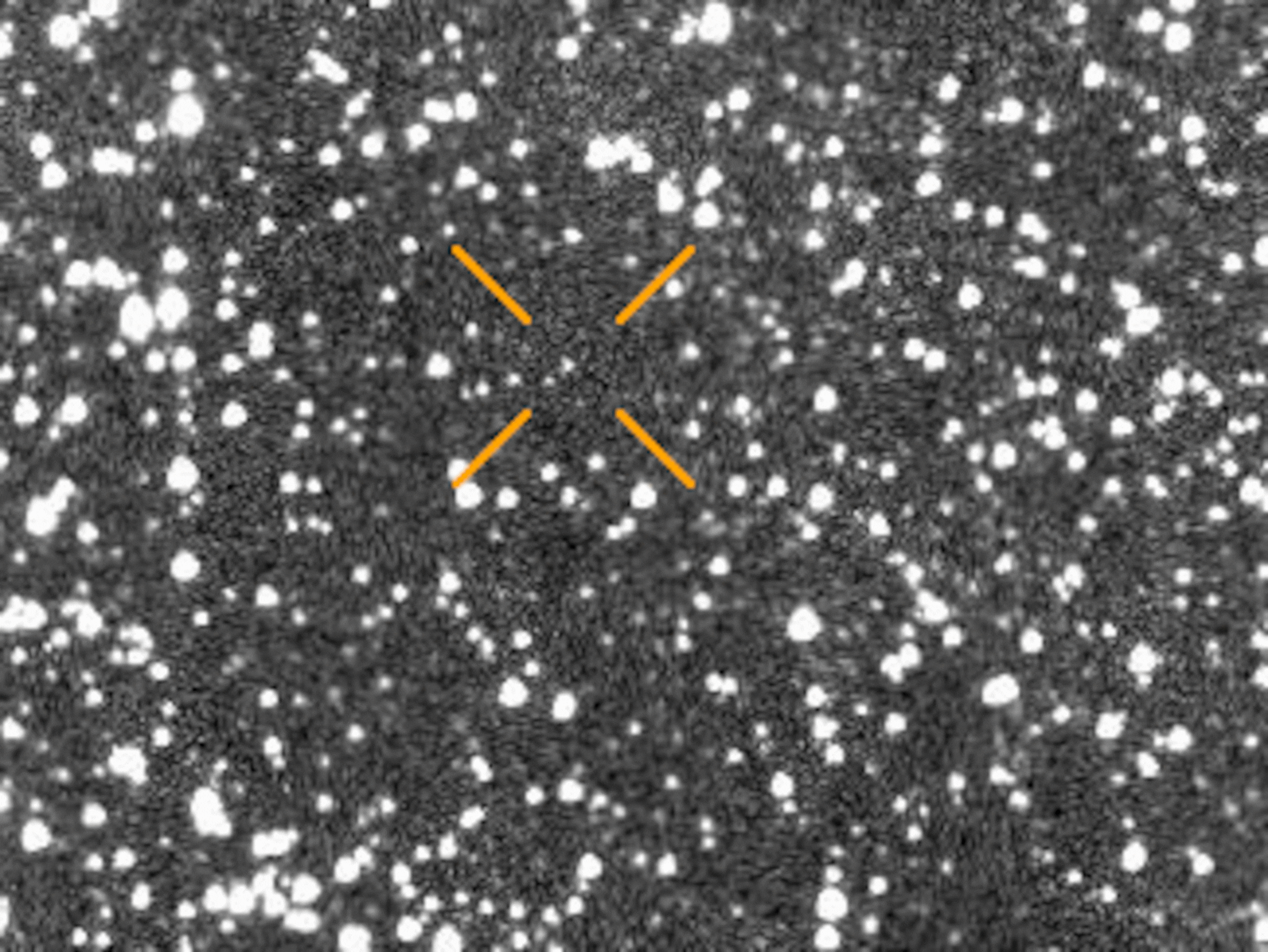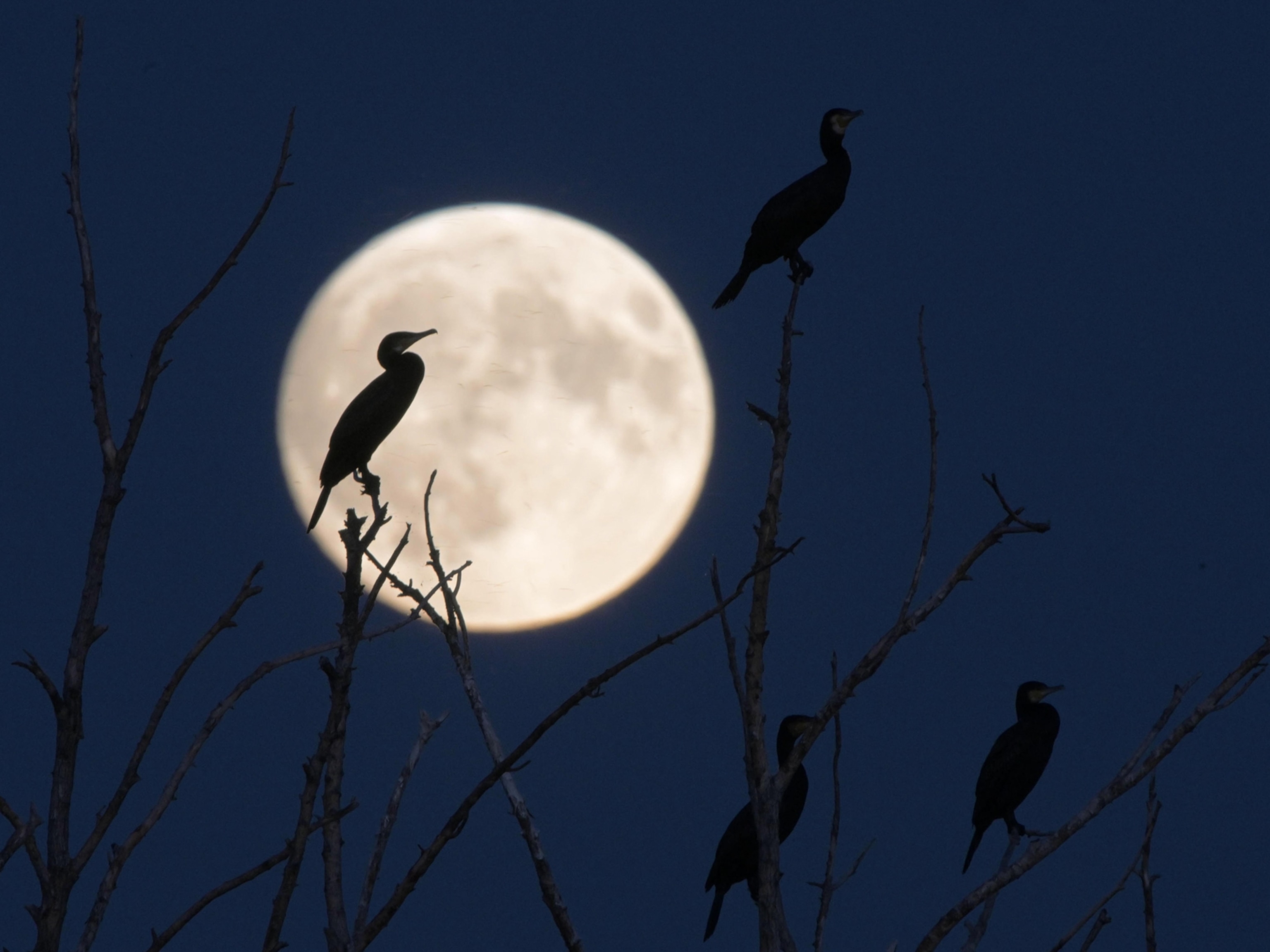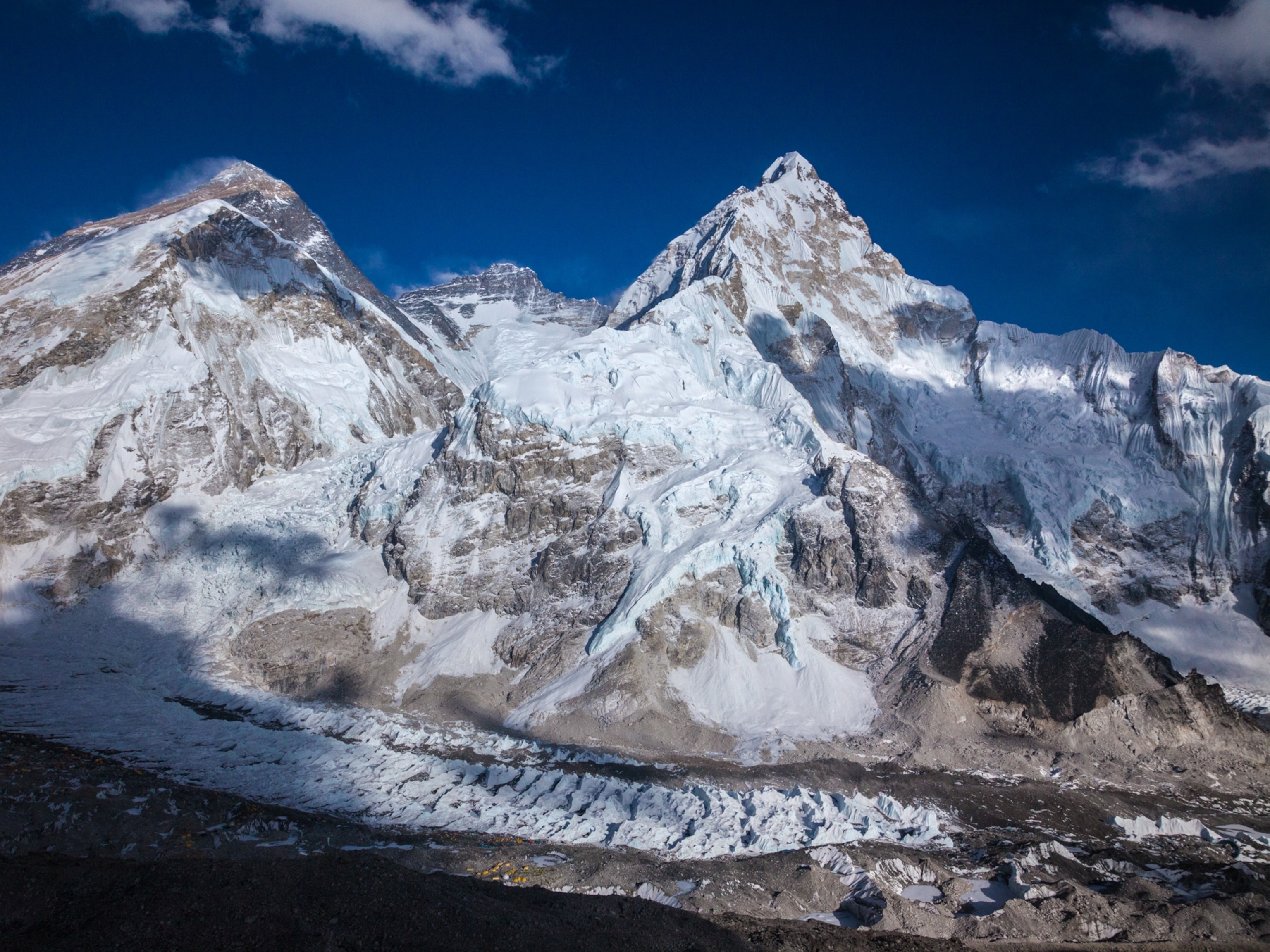
New Map Locates Milky Way in Neighborhood of 100,000 Galaxies
Astronomers have defined a huge group of galaxies called a supercluster, now named Laniakea, with the Milky Way on its fringes.
A new map of the Milky Way's cosmic neighborhood shows where our galaxy lives in relation to thousands of others nearby, with scientists giving the newly discovered "supercluster" of galaxies a name: Laniakea, which means "immeasurable heaven" in Hawaiian.
Throughout the universe, galaxies tend to clump together in massive structures that astronomers call superclusters. According to the new map, Earth's galaxy lives near the edge of the Laniakea supercluster, which measures 500 million light-years in diameter and includes roughly 100,000 galaxies.
The region is just a small slice of the visible universe, which spans more than 90 billion light-years.
"Seeing a map gives you a sense of place," says University of Hawaii astronomer Brent Tully, an author of the study describing the supercluster, published Wednesday in the scientific journal Nature. "For me, having that sense of place and seeing the relationship of things is very important in terms of understanding it."

It's not the first time that scientists have mapped the Milky Way's neighborhood, but previous maps couldn't identify which galaxies were bound together by gravity to form the Milky Way's supercluster.
Tully and his colleagues have defined Laniakea's boundaries and galactic inhabitants by looking at how galaxies move through space. The team used a measurement called "peculiar motion," which takes a galaxy's total movement and subtracts the motion contributed by the expansion of the universe.
From there, scientists can generate flow lines that indicate how galaxies are moving, revealing the gravitational center that is drawing them in. These attractors control the behavior of member galaxies, forming the cores of superclusters.
But determining the peculiar motions that point toward these cores is tricky.
"It's a really difficult observation to make, per galaxy," says David Schlegel, a physicist at Lawrence Berkeley National Laboratory in California. Schlegel, who is working on a project that will map 25 million galaxies, spent some time tackling similar maps in graduate school.
"A lot of people actually worked on it, but it was such a mess that essentially all of them gave up," he says. "This group, Tully in particular, has persevered and kept working on it."
After studying the peculiar motions of 8,000 galaxies, Tully and his colleagues could identify which gravitational center controlled the Milky Way and its galactic neighbors. They used that information to define the extent of the supercluster. Simply put, galaxies whose motion is controlled by Laniakea's Great Attractor—located in the direction of the constellation Centaurus—are part of the Laniakea supercluster.
Galaxies that are being pulled toward a different attractor are in a different supercluster (the next one over is called Perseus-Pisces), even if they're right next to each other in the sky.
"We're finding the edges, the boundaries," Tully says. "It really is similar to the idea of watersheds on the surface of the planet. The edges of watersheds are pretty obvious when you're in the Rocky Mountains, but it's a lot less obvious if you're on really flat land. Still, the water knows which way to go."
Within the supercluster, galaxies are strung like beads on cosmic strings, each anchored to the Great Attractor. The Milky Way is at the fringe of one of those strings, perched on the edge of the Local Void—an area where, as the name suggests, there isn't much to be found.
These kinds of large-scale strings and voids are common throughout the universe. But Tully notes one surprise that emerged while mapping Laniakea: The supercluster is being yanked on by an even larger assemblage of galaxies, called the Shapley Concentration.
"It's a really big thing, and we're being pulled toward it. But we don't have enough information yet to find the Shapley Concentration's outline," Tully says. "We might be part of something even bigger."
Follow Nadia Drake on Twitter.





